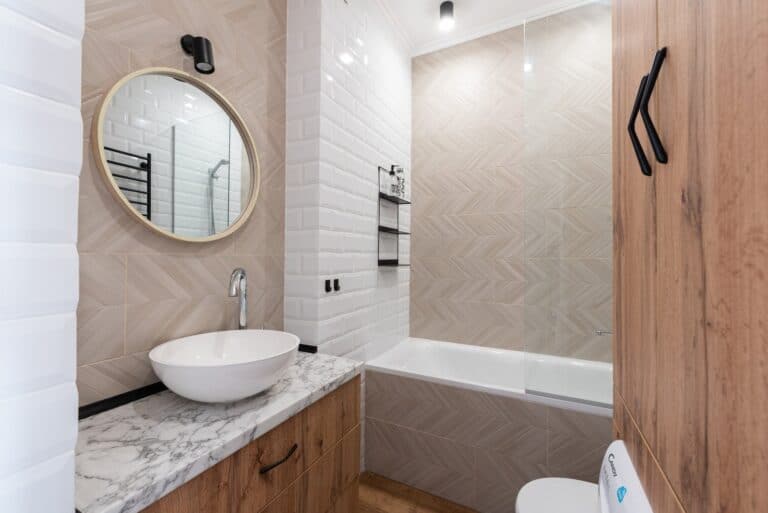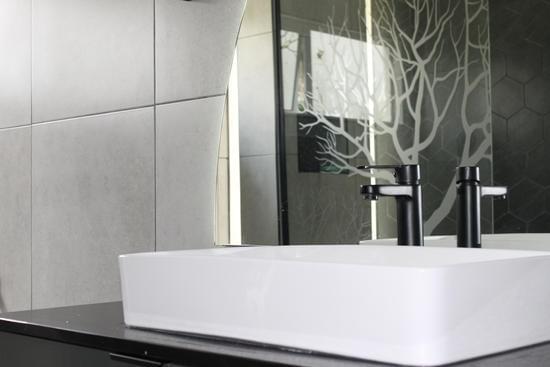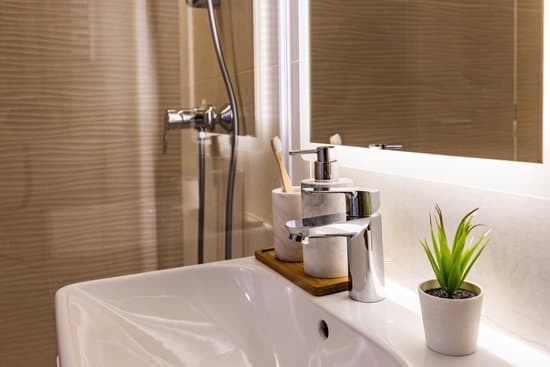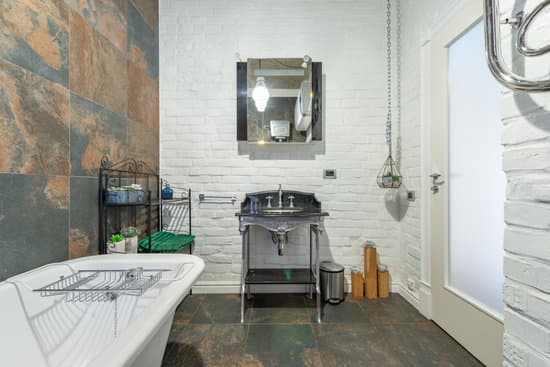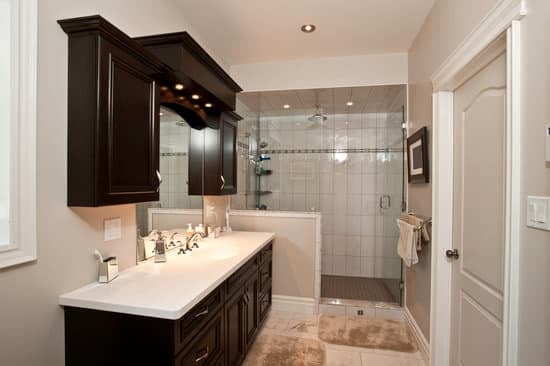Are you tired of that annoying loose floor tile in your bathroom? Don’t worry, we’ve got you covered! In this article, we will guide you through the step-by-step process of fixing a loose floor tile in your bathroom. With just a few tools and some simple techniques, you’ll be able to repair your tile and restore the safety and functionality of your bathroom floor. So let’s get started on this easy DIY project!
Assessing the Damage
You should start by checking if there are any cracks or gaps around the loose floor tile. This is an important step in evaluating the potential causes of the problem. Cracks or gaps can indicate underlying issues, such as water damage or improper installation. It’s crucial to determine the best repair method based on your findings.
To assess the damage, carefully inspect the area around the loose tile. Look for any signs of water stains, mold, or mildew which could point to a moisture problem. If you notice any of these issues, it’s essential to address them before fixing the loose tile.
Next, gently tap on the surrounding tiles with a rubber mallet to see if they sound hollow. Hollow sounds suggest that the adhesive holding them in place may have deteriorated.
By thoroughly assessing the damage and identifying potential causes, you will be able to make an informed decision on how best to fix your loose floor tile and ensure a safe and long-lasting repair.
Gathering the Necessary Tools and Materials
To gather the necessary tools and materials, start by checking your local hardware store for adhesive solutions. Look for a high-quality tile adhesive that is specifically designed for loose tiles. Choosing the right adhesive is crucial to ensure a strong bond between the tile and the floor. Additionally, make sure to purchase a grout mix that matches the color of your existing grout. Applying grout properly is essential to prevent water damage and maintain a secure tile installation. Remember to follow the manufacturer’s instructions when using any adhesives or grout products, and wear appropriate safety gear such as gloves and goggles during application. Taking these precautions will help ensure a safe and successful repair of your loose floor tile in the bathroom.
Removing the Loose Tile
Start by gently prying off the loose tile using a putty knife. Make sure to wear safety goggles and gloves to protect yourself from any potential injuries. Carefully insert the putty knife underneath the tile and slowly lift it up, being cautious not to damage surrounding tiles. Once you have removed the loose tile, inspect the area for any remaining adhesive or grout. Use a scraper or utility knife to clean off any residue, ensuring a smooth surface for replacing broken tiles. Take this opportunity to also check the condition of the grout lines surrounding the loose tile. If there are any cracks or gaps, now is a good time to repair them before installing the new tile. By properly removing and preparing the area, you can ensure a successful and safe replacement of your loose floor tile in the bathroom.
Preparing the Subfloor
After gently prying off the loose tile, it’s important to prepare the subfloor before installing a new one. Safety is paramount, so take necessary precautions. Begin by inspecting the subfloor for any signs of moisture or water damage. If there are any issues, address them promptly to prevent further damage. Next, apply a moisture barrier to protect against future water intrusion. This will help maintain the integrity of your floor and prevent mold or mildew growth. Once the moisture barrier is in place and dry, use a leveling compound to ensure a smooth and even surface for your new tile installation. Follow the manufacturer’s instructions carefully when applying the leveling compound to achieve optimal results. Taking these steps will provide a sturdy foundation for your new tile and help prolong its lifespan while ensuring safety in your bathroom.
Installing the New Tile
Once you have prepared the subfloor, it’s time to begin installing your new tile. Safety should always be a priority when working on any home improvement project. To ensure a secure and long-lasting installation, proper tile adhesive application is crucial. Start by applying adhesive to the back of each tile using a notched trowel. This will create an even layer and help prevent tiles from shifting or loosening over time.
As you place each tile, make sure to align them properly with the existing tiles. Using spacers can help maintain consistent spacing between tiles and ensure a professional finish. Double-check that each tile is level and flush with the surrounding tiles before moving on to the next one.
Remember, taking your time and paying attention to detail during this step will result in a beautiful and durable floor that will last for years to come.
Conclusion
In conclusion, fixing a loose floor tile in your bathroom is a relatively simple task that can be done with the right tools and materials. By assessing the damage, gathering the necessary tools and materials, removing the loose tile, preparing the subfloor, and installing the new tile, you can restore stability and functionality to your bathroom floor. Remember to take your time and follow these steps carefully for a successful repair.

